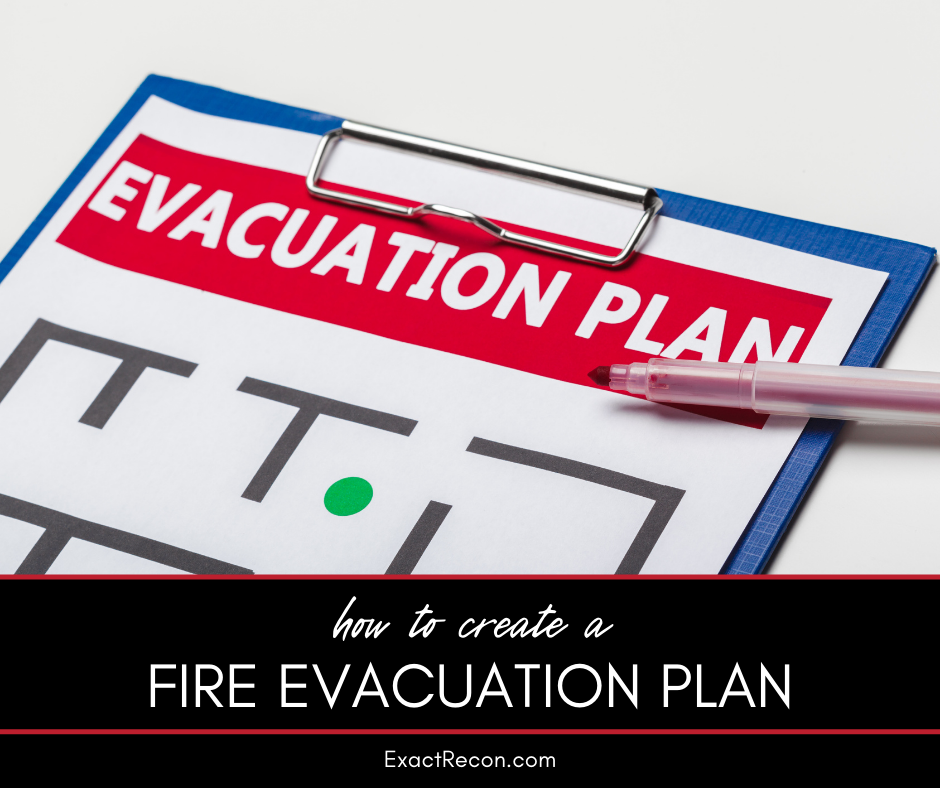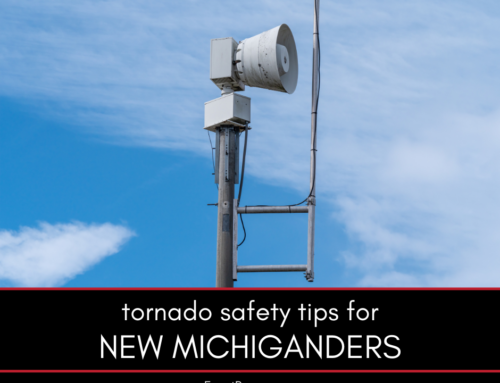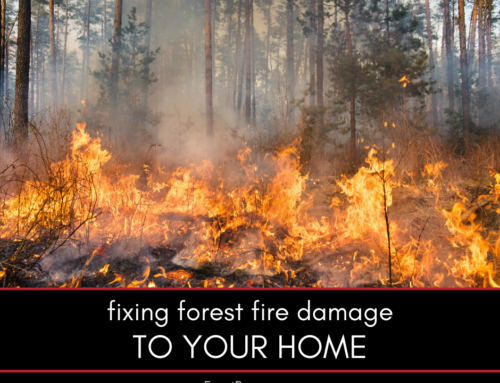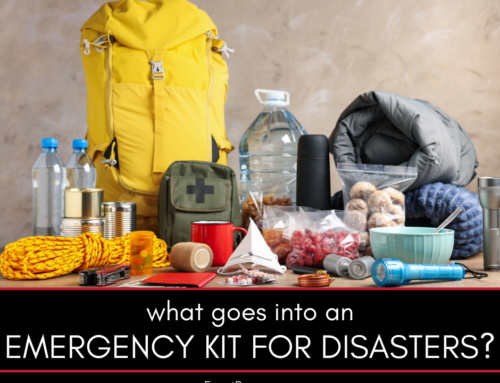A house fire can start suddenly, leaving little time to think clearly. Having a detailed fire evacuation plan can help your family react calmly and efficiently. In this guide, we’ll explore how to create an effective plan that includes escape routes, family roles, and emergency preparedness to protect your loved ones.
How to Create a Fire Evacuation Plan for Your Family
A fire evacuation plan is a vital tool to protect your family if a fire occurs. Fires can spread fast, so knowing how to get everyone out safely is essential. This guide explains the following:
- Determining safe escape routes
- Assigning family roles and responsibilities
- Planning for children, pets, and people with special needs
- Practicing your fire evacuation plan
- Staying prepared with essential tools and supplies
Here’s a closer look at each.
Determining Safe Escape Routes
When a fire breaks out, having clear escape routes from every room is crucial. Here’s how to plan:
- Identify Primary and Secondary Exits: Each room should have at least two exits, usually a door and a window. If the primary exit is blocked by fire or smoke, the secondary exit provides an alternative. In multi-story homes, consider installing fire escape ladders on upper floors to ensure everyone can evacuate safely.
- Create a Floor Plan: Sketch out a simple floor plan of your home, marking each exit. Clearly label primary and secondary exits for each room. Post copies of this floor plan in accessible areas like the kitchen or family room, and review it with family members regularly.
- Clear Pathways: Make sure escape routes are free of obstacles. Remove clutter, keep furniture away from exits, and ensure doors and windows open easily. In an emergency, blocked exits could slow down evacuation.
- Practice Using Exits: During fire drills, ensure each family member knows how to unlock windows, open doors, and, if necessary, use a fire escape ladder. Practicing these actions helps everyone become more comfortable with evacuation procedures.
Assigning Family Roles and Responsibilities
Assigning roles to each family member can make evacuation smoother and reduce confusion. Here’s how to divide tasks:
- Designate a “Lead” for Each Role: Assign one person to help younger children or elderly family members, another to gather pets, and another to grab the emergency kit. Knowing these roles in advance can keep everyone organized during an emergency.
- Identify a Fire Drill Leader: Choose a family member who is responsible for announcing the start of a fire drill or actual evacuation. This person should understand the plan thoroughly and be ready to help others in a real emergency.
- Assign Responsibilities for Final Checks: If there’s time and it’s safe to do so, designate one family member to close interior doors before leaving. Closing doors helps slow the spread of fire, providing extra time to evacuate.
- Select a Meeting Point Manager: Designate one person to lead the family to a pre-determined meeting spot outside. This helps ensure everyone is accounted for and avoids unnecessary re-entry into the house to look for missing family members.
Planning for Children, Pets, and People With Special Needs
A comprehensive fire evacuation plan should account for anyone who may need additional help. Here’s how:
- Assign “Buddies” for Assistance: Pair children or elderly family members with responsible adults or older children who can help them evacuate quickly. The buddy system ensures that those who need assistance don’t get left behind.
- Include Pet Evacuation: Assign a family member to be responsible for each pet. Keep pet carriers and leashes in an easily accessible location so they can be quickly retrieved during an emergency.
- Prepare for Mobility Challenges: If a family member has mobility issues, plan specific routes and support. For those who use wheelchairs, make sure exit routes are accessible, and practice how to help them out of the house if needed.
- Create Visual and Auditory Cues for Young Children: Young children may not fully understand an emergency. Use visual cues like bright stickers near exits or auditory cues like alarms to help direct them to safety.
Practicing Your Fire Evacuation Plan
Regular practice is key to ensuring everyone in your household understands what to do in case of fire. Here’s a guide to effective fire drill practices:
- Schedule Routine Drills: Conduct fire drills at least twice a year. Vary the time of day—practice once during daylight and once at night to prepare for different scenarios.
- Practice Different Scenarios: Simulate different obstacles, such as blocked exits, to ensure everyone can quickly find an alternative route if needed. Encourage family members to try various escape paths to reinforce familiarity.
- Use Realistic Conditions: During a drill, limit visibility by having family members crawl low to mimic conditions where smoke may be present. Practicing in dim lighting helps prepare everyone for low-visibility conditions that might occur during a real fire.
- Evaluate Performance: After each drill, gather everyone at your designated meeting point and discuss what went well and what could be improved. Make adjustments to the plan based on these observations.
Staying Prepared With Essential Tools and Supplies
Essential tools can make a difference in fire safety and emergency response. Here are some key items:
- Smoke Alarms: Install smoke alarms on every level of your home and inside each bedroom. Test them monthly to ensure they’re working properly, and replace the batteries every six months. The National Fire Protection Association recommends replacing smoke alarms every ten years to ensure optimal functionality.
- Fire Extinguishers: Keep fire extinguishers in easily accessible areas, such as the kitchen, garage, and hallway. Learn how to use them properly, and review with family members as part of your fire safety plan.
- Emergency Kit: Assemble a kit that includes essentials like water, non-perishable food, a flashlight, first-aid supplies, important documents, and a fire extinguisher. Store it in a location that’s easy to reach during an evacuation.
- Escape Tools: Consider tools like fire escape ladders for second-story rooms. Ensure everyone knows how to deploy these ladders safely. You may also want to keep a whistle or loud noise-making device in the kit to help alert first responders to your location if needed.
- Designated Meeting Point: Establish a meeting spot a safe distance from your home, like a neighbor’s driveway or a tree across the street. This spot helps ensure everyone can be quickly accounted for, and first responders won’t have to enter the home unnecessarily.
For additional guidance on fire safety, refer to resources from Ready.gov, which provides valuable tips on emergency planning and preparedness.
FAQ About Fire Evacuation Plans
Check out these commonly asked questions about fire evacuation plans. If you don’t see your question here, please call our office and we’ll find you the answers you need.
How Often Should We Practice Our Fire Evacuation Plan?
You should practice your fire evacuation plan at least twice a year. This helps everyone stay familiar with the steps and reinforces each person’s role during an emergency.
What Should We Include in Our Emergency Kit?
Your emergency kit should contain essentials like water, non-perishable food, flashlights, a first-aid kit, important documents, and a fire extinguisher. It’s a good idea to keep it in an easy-to-access location.
Should We Have a Meeting Spot Outside?
Yes, a designated meeting spot ensures everyone knows where to go once they’re safely out of the house. This can be a neighbor’s driveway, a mailbox, or any visible landmark a safe distance from your home.
Are There Special Considerations for Multi-Story Homes?
If you live in a multi-story home, include fire escape ladders for upstairs rooms and make sure everyone knows how to use them. Ensure that each bedroom has at least two escape routes.
Do I Need to Update My Fire Evacuation Plan?
Yes, review and update your plan as your household changes. Adding pets or new family members may require adjustments to your evacuation steps and roles.
Creating a fire evacuation plan for your family provides peace of mind and ensures everyone knows what to do in an emergency. By taking these steps, you’ll be prepared to protect your loved ones and respond calmly if a fire occurs.
Do You Need a Disaster Remediation Expert in Washtenaw County or Jackson County?
If your home has already been damaged, we can help. Check out our services and call Exact Recon for your free disaster remediation quote today. We offer:
- Water damage restoration
- Fire damage restoration
- Mold removal and remediation
- Fire and smoke restoration
- Sewer cleanup and disinfecting
- Reconstruction
- Wind and storm damage repair










